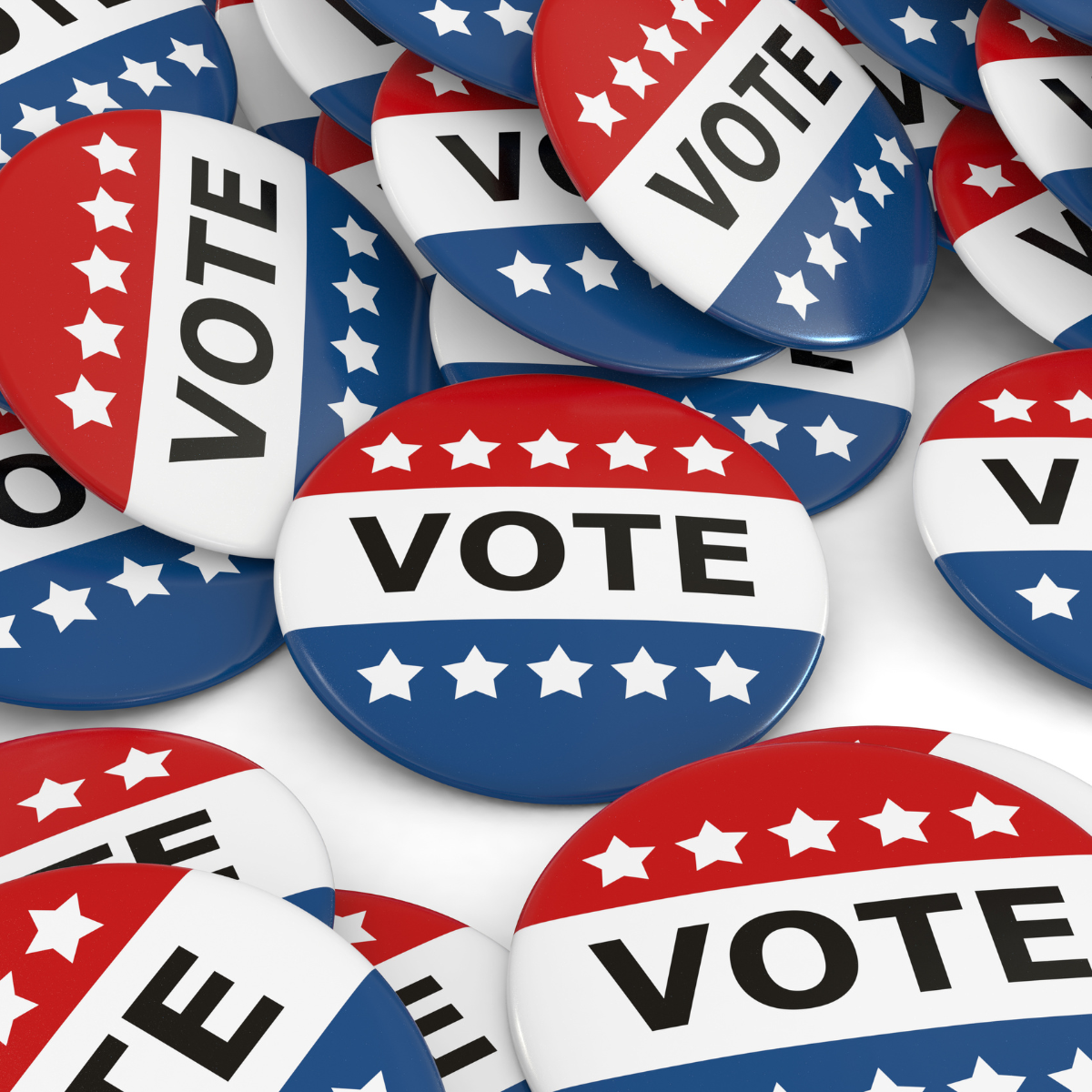 Jun 28th, 2023
Jun 28th, 2023What's In A Name? Copyright and Trademark Infringement Risks for Interscholastic Athletics
Interscholastic athletics is an integral part of the student experience and School’s team name, logos, uniforms, and mascots can invoke pride and a sense of identity for the students and the larger community. For any school looking to change their team name, logos, uniforms, or mascots, either because of the recent prohibition against indigenous imagery or to find a new look, it is imperative that the Districts consider the Intellectual Property concerns that could unexpectedly burden the District.
 May 31st, 2023
May 31st, 2023The Red Flag Gun Protection Law
New York’s Red Flag Law (NY CPLR Article 63-a), which became effective on August 24, 2019, allows the state to prevent individuals who show signs they may be a threat to themselves or others from purchasing, possessing, or attempting to purchase or possess a firearm, rifle, or shotgun. The law aims to prevent tragedies like the recent school shootings in Uvalde, Texas and the mass shootings in Buffalo and Chicago by taking a proactive approach to potential threats.
 May 31st, 2023
May 31st, 2023Open and Shut: Challenges to Executive Session Discussions
A recent decision of the New York State Supreme Court for the County of Oneida reflects an apparent trend away from overly technical readings of the Open Meetings Law. There remain, however, pitfalls of which school districts and BOCES should be wary.
 Apr 28th, 2023
Apr 28th, 2023Short term Suspensions and Complaining Witnesses: When must a school district produce a student witness at the principal’s “informal conference?"
In a recent decision, the Commissioner of Education further emphasized the need to specifically comply with the procedural requirements for a suspension from attendance of 5 days or less, also called a “Principal’s suspension” and further defined who may be a “complaining witness” at the informal conference.
 Mar 30th, 2023
Mar 30th, 2023Use of School Resources in Campaign Activities: The Fine Line Between an Informed Vote and an Exhorted Vote
With school district annual meetings around the corner, it is prudent that districts remain mindful of impermissible campaign activities.
Showing 12 of 29 pages

